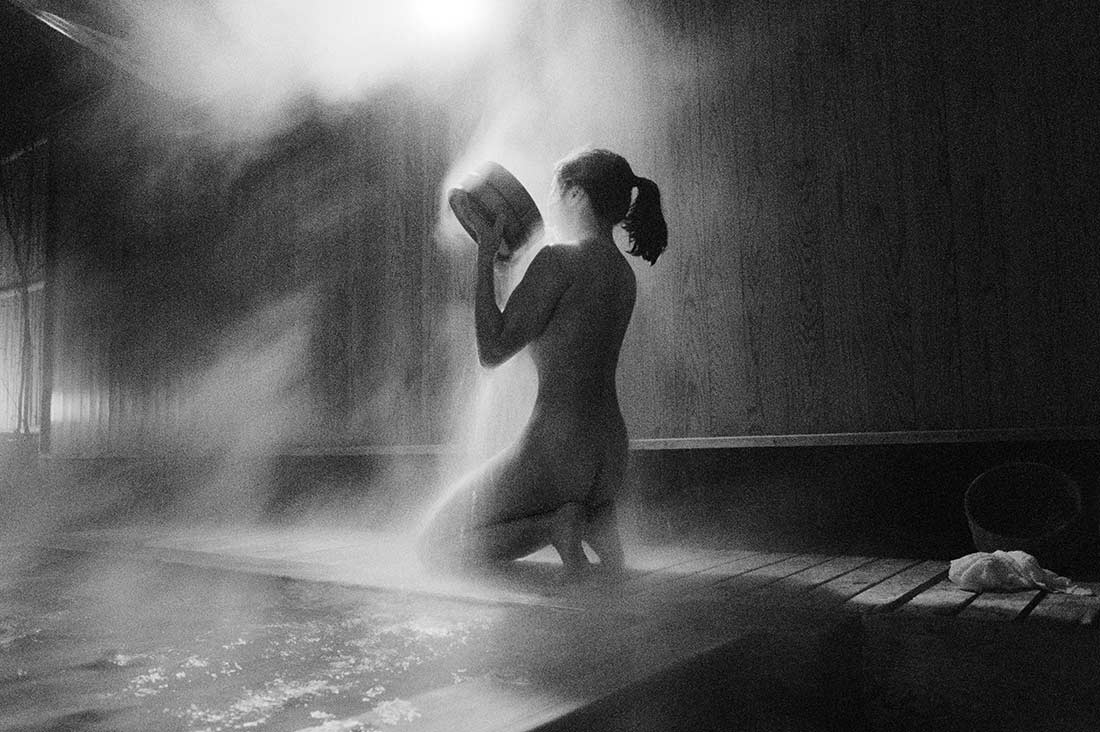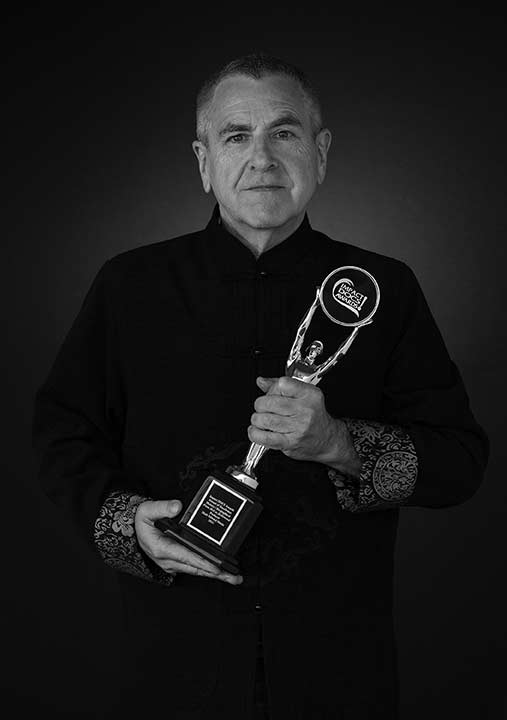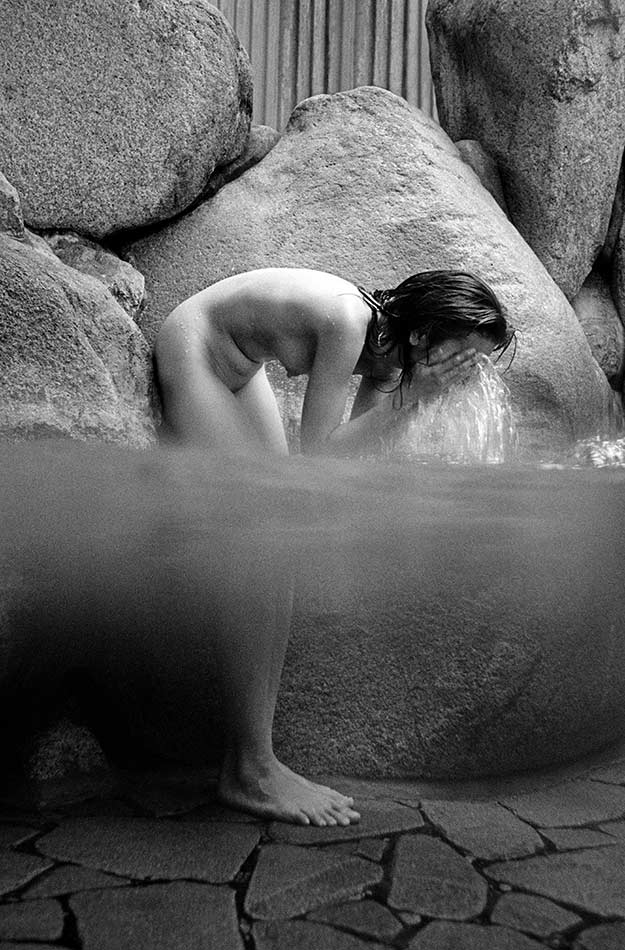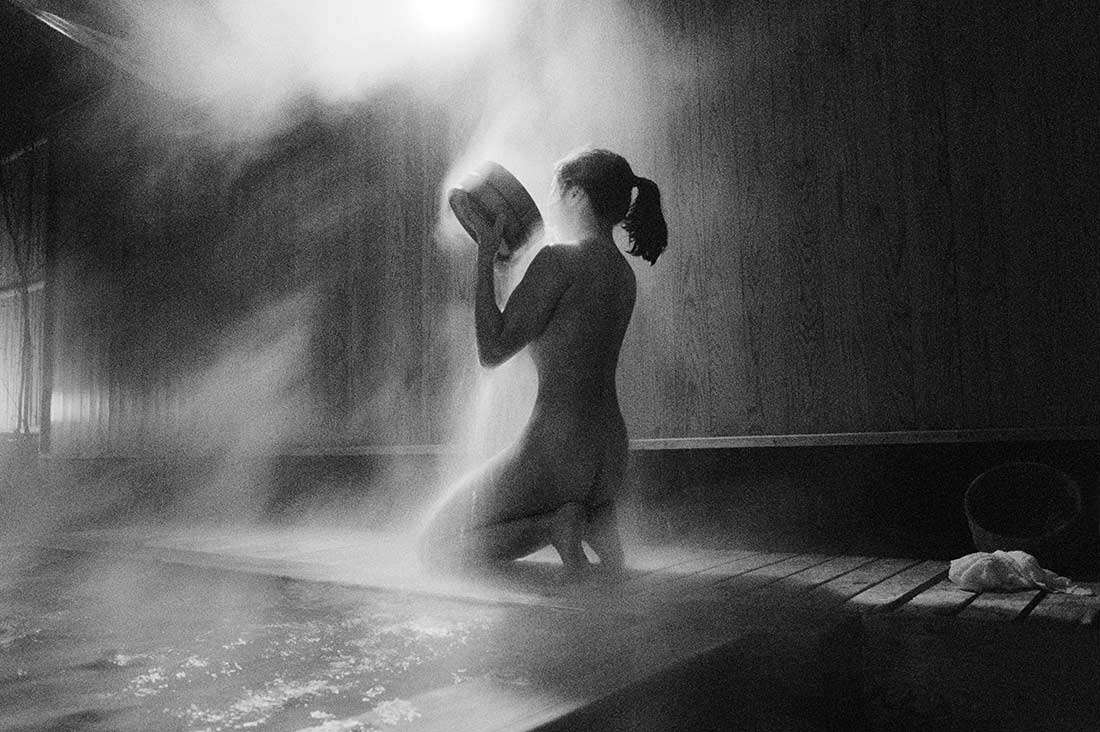Mark Edward Harris | The Way of the Japanese Bath


Los Angeles-based Mark Edward Harris is an award-winning international photographer with more than three decades of experience. He has traveled to over 100 countries and authored and published award-winning books focused on daily cultural life in Southeast Asia, China, North Korea, Japan, Iraq, and Iran.
His photography work is being exhibited in impressive private collections, museums, and galleries around the globe. In addition, his editorial work has appeared in the most important publications worldwide, including The New York Times, The London Times Travel Magazine, National Geographic Traveler, Forbes, LIFE, Vanity Fair, GEO, The Los Angeles Times Sunday Magazine, and many others.
Harris is also the recipient of numerous awards, including a CLIO Award for advertising photography, an Aurora Gold Award for commercial directing, and an ACE Award for directing and producing a video for television. In addition, Harris shares his photographic knowledge through teaching photography workshops around the globe.
In 2012, he was a keynote speaker in Yokohama at the International Travel Mart, presenting his series on Japanese ryokans and hot springs In the wake of the country’s tsunami and at the Travel Photography Festival at the Royal Geographical Society in London.
In 2013 his first book on South Korea and his second book on North Korea were released with a book tour including stops at the Pacific Asia Museum in Pasadena, the Korea Society in New York, and the Newseum in Washington, DC. “North Korea” was named “Photography Book of the Year” at the International Photography Awards.
In 2017 Focal Press published, “The Travel Photo Essay: Describing a Journey Through Images.” A 3rd edition of “The Way of the Japanese Bath” was released in 2019. Mark’s latest book, “The People of the Forest,” published in May 2021, focuses on orangutans.
Mark has been a regular contributor photojournalist at Lens Magazine for Fine Art Photography since December 2019.

Mark Edward Harris @All rights reserved.

a bather has placed a towel upon her head. In addition to keeping a personal towel handy, it’s believed that placing a wet towel in this position will keep one from fainting from the heat. Many hot springs maintain their water around 104° F (40° C).
Mark Edward Harris @All rights reserved.
My explorations of Japan’s mystical hot springs began three decades ago with lead bags full of Kodak Tri-x and Ilford 3200. The grain of the latter seemed particularly well matched to the feeling of the steam-filled indoor baths.
My Nikon FM2 with a Nikkor 28mm f/2.8 was my usual set up for the first decade of this series which has resulted in three editions of my book, The Way of the Japanese Bath, and numerous exhibitions around the globe.
My initial Japanese hot spring experience in Beppu, a town often shrouded in water vapor on Kyushu’s southern island, converted me into a furo-aholic (bath-aholic) in the early 1990s. Three decades later, I still find the magical waters an endless source of both visual and visceral pleasure. I’m far from alone in these feelings.
An estimated 100 million people check in each year at onsen (hot spring), ryokans (Japanese style inns), or hotels, often to escape the extreme stress-inducing population density. The 20,000 thermal hot springs that flow from the ground have become meccas, a place to bathe not only the body but the soul as well.
In fact, bathing for cleaning is not practiced in Japan. Soap is never used in a communal bath or in a tub at home. Washing is done before going into the bath for a soak and then often followed by a thorough rinsing and shampooing after the bath.

Mark Edward Harris @All rights reserved.
Physical maladies are often treated at baths with specific mineral properties in the water. The Ainu, the indigenous people of the Japanese islands, used hot springs for healing persons. An old Kusatsu (a town on the main island of Honshu) folksong declares, “A hot spring bath can cure anything but love.”
Scientific research continues to be conducted on the medicinal benefits of hot spring water.
For instance, radioactive water is reported to help those suffering from gout, diabetes, chronic digestive problems, gallstones, and fatigue. Sulfur content in the water is considered a remedy for metallic poisoning and is said to clear up a bad complexion. Noboribetsu in Hokkaido is one of the most popular onsen towns because of its variety of waters with medicinal benefits. Yet, most water is classified as simple thermal, and most onsen visitors come for simple relaxation.
People often shed their city clothes for the duration of their visits and stroll the streets of these onsen towns dressed in yukata – bath (yu) garment (kata).

Humans are not the only creatures to take advantage of the onsens. Snow monkeys (Japanese macaques) are regular patrons at Jigokudani in Joshinetsu Plateau National Park in northeastern Nagano Prefecture. Every winter, photographers flock to this area of Japan to photograph this unique phenomenon. For wildlife photographers traveling from overseas, I would also suggest adding a trip up to Hokkaido to photograph the Tsuru (red-crested cranes) at Kushiro.
While the same geological and geothermal rumblings under Japan that create the onsens have set off volcanic eruptions, tsunamis, and earthquakes, they have also provided the 126 million inhabitants of the island nation on the Ring of Fire with incredible mountainous beauty and a very unique way of life.
www.markedwardharris.com | amazon: The Way of the Japanese Bath – 3rd edition | Instagram: @markedwardharrisphoto

